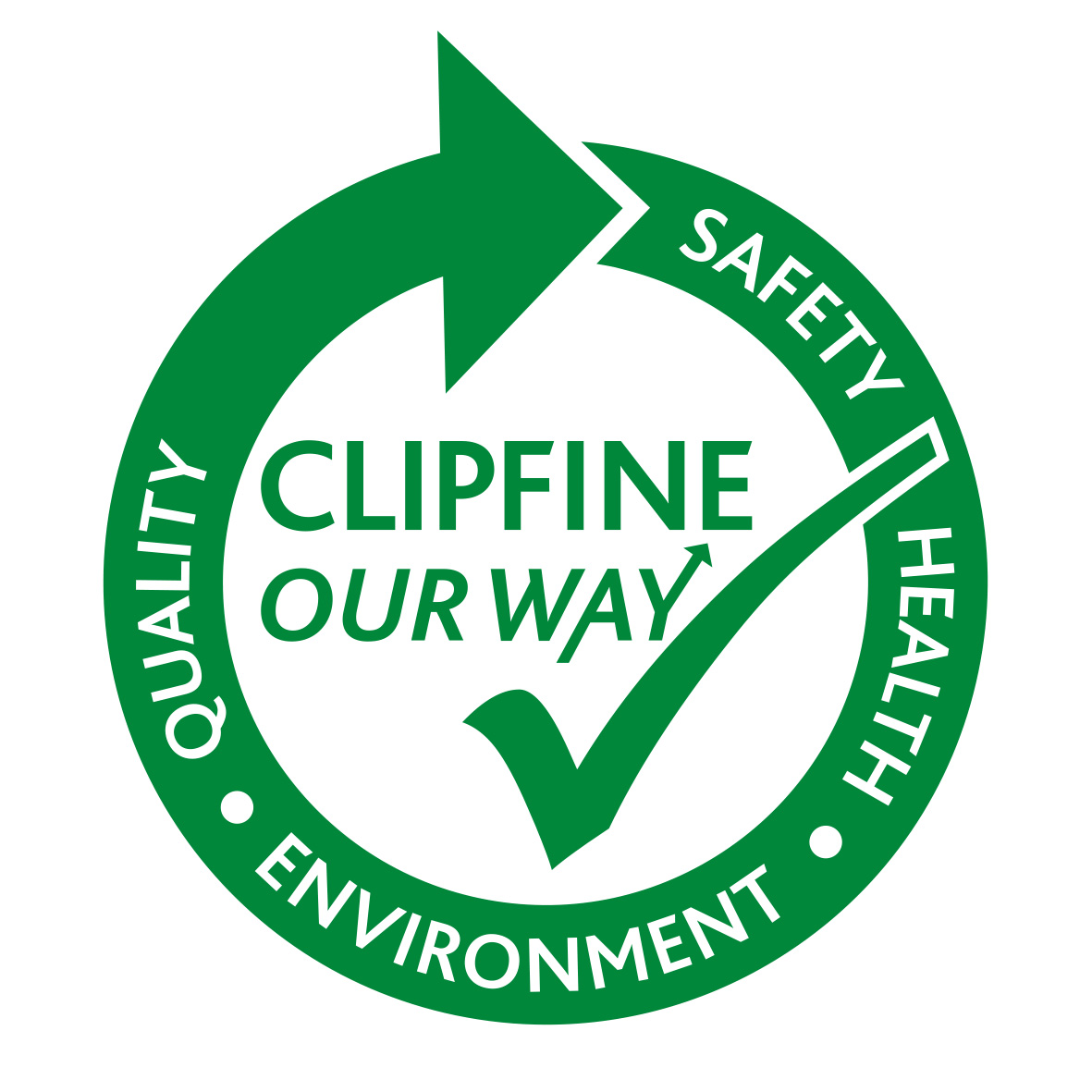Title Page
-
PPE Inspection
-
Jobsite:
-
Date:
-
Superintendent (s):
-
Inspected By:
-
Employee Name
-
The Occupational Safety and Health Administration (OSHA) issued a final rule on November 15, 2007, requiring employers to pay for personal protective equipment (PPE) used to comply with OSHA standards. The rule, titled "Employer Payment for Personal Protective Equipment; Final Rule", states that employers must pay for the minimum PPE required to satisfy OSHA standards, with some exceptions.
Untitled Page
ITEMS TO INSPECT
-
1926.95(d)(2) The employer is not required to pay for non-specialty safety-toe protective footwear (including steel-toe shoes or steel-toe boots) and non-specialty prescription safety eyewear, provided that the employer permits such items to be worn off the job-site.
-
1.0 Footwear (slip-resistant and puncture-resistant soles) (Steel Toe Required for Gilbane & Skanska)
-
1926.95(d)(4) The employer is not required to pay for: Everyday clothing, such as long-sleeve shirts, long pants. Ordinary clothing, skin creams, or other items, used solely for protection from weather, such as winter coats, jackets, gloves, parkas, rubber boots, hats, raincoats, ordinary sunglasses, and sunscreen.
-
2.0 Type 2 High Visibility Shirts or Vests with Reflective Material
-
3.0 Hammer Condition (no grinder cuts in the head, good grip on handle)
-
4.0 Is Employee Wearing a Harness
-
4.0 OVERALL INSPECTION
-
4.1 Serial Number
-
4.2 Results of Inspection
-
5.0 WEBBING
-
5.1 No Frayed Edges
-
5.2 No Broken Fibers or Pulled Stitches
-
5.3 No Cuts, Burns or Chemical Damage
-
6.0 D-RINGS/BACK PADS
-
6.1 D-Ring Pivots Freely
-
6.2 D-Ring Back Pads Free from Damage
-
6.3 No Distortion
-
6.4 No Rough or Sharp Edges
-
6.5 No Cracks or Breaks
-
7.0 ATTACHMENT OF BUCKLES
-
7.1 Proper Attachment of Buckles and D-Ring
-
7.2 No Unusual Wear
-
7.3 No Distorted Buckles or D-Rings
-
7.4 No Frayed/Cut Fibers
-
8.0 TONGUE / GROMMETS
-
8.1 No Heavy Wear Areas
-
8.2 No Loose, Distorted or Broken Grommets
-
8.3 Webbing Does not Have Additional Punched Holes
-
9.0 TONGUE / BUCKLES
-
9.1 Buckle Tongues Overlap Buckle Frames
-
9.2 Tongues Move Freely Back and Forth in Their Socket
-
9.3 Roller Turns Freely on Frame
-
9.4 No Distortion in Shape and Motion of Tongue
-
10.0 FRICTION AND MATING BUCKLES
-
9.5 No Distortion or Sharp Edges on Roller
-
10.1 No Issues in Corners and Attachment Points of Center Bar
-
10.2 Leg Straps in Rubber Band Keeper
-
10.3 Outer and Center Bars Straight
-
11.0 Employee Using a Double Retractable
-
11.1 Results of Inspection
-
12.0 General Information
-
12.1 Model Name
-
12.2 Model Number
-
12.3 Date of Manufacture
-
12.4 Lanyard Length
-
12.5 Serial Number
-
12.6 Positioning Chains (gate latches, tags legible)
-
13.0 ITEMS TO INSPECT
-
13.1 Impact Indicator: Inspect Indicator for Activation (rupture of load stress indicators, elongated indicator, etc.)
-
13.2 Screws / Fasteners: Inspect for Damage and Make Certain all Screws and Fasteners are Tight
-
13.3 Housing: Inspect for Distortion, Cracks and Other Damage. Inspect Anchoring Loop for Distortion and Damage
-
13.4 Lifeline: Inspect for Cuts, Burns, Tears, Abrasion, Frays, Excessive Soiling and Discoloration, Broken wires
-
13.5 Locking Mechanism: Inspect for Proper Engagement of Lock-up/Brake Mechanism
-
13.6 Retraction/Extension: Inspect Spring Tension by Pulling Lifeline Out Fully and Allowing it to Retract Fully (no slack)
-
13.7 Hooks / Carabiners: Inspect for Physical Damage, Corrosion, Oroper Operation (carabineer snap gate reseating/locking properly) and Markings.
-
13.8 Labels: Inspect, Make Certain all Labels are Securely Held in Place and Legible
-
14.0 RESPIRATOR BEING USED
-
14..1 Facepiece (Seal Gasket, Cleanliness)
-
14.2 Inhalation Valve
-
14.3 Exhalation Valve Assembly
-
14.4 Headbands
-
14.5 Cartridge Holder
-
14.6 Condition of Cartridge Filter
-
15.0 Eye & Face Protectors (Select Based on Anticipated Hazards)
-
15.1 Hearing Protection Used for Task
-
15.2 Hard Hat & Suspension Liner
-
15.3 Does this Employee Demonstrate the Understanding and Skill Level in the use of PPE?
-
Was Retraining Required During this Inspection?
-
1926.95(d)(5) The employer must pay for replacement PPE, except when the employee has lost or intentionally damaged the PPE.













